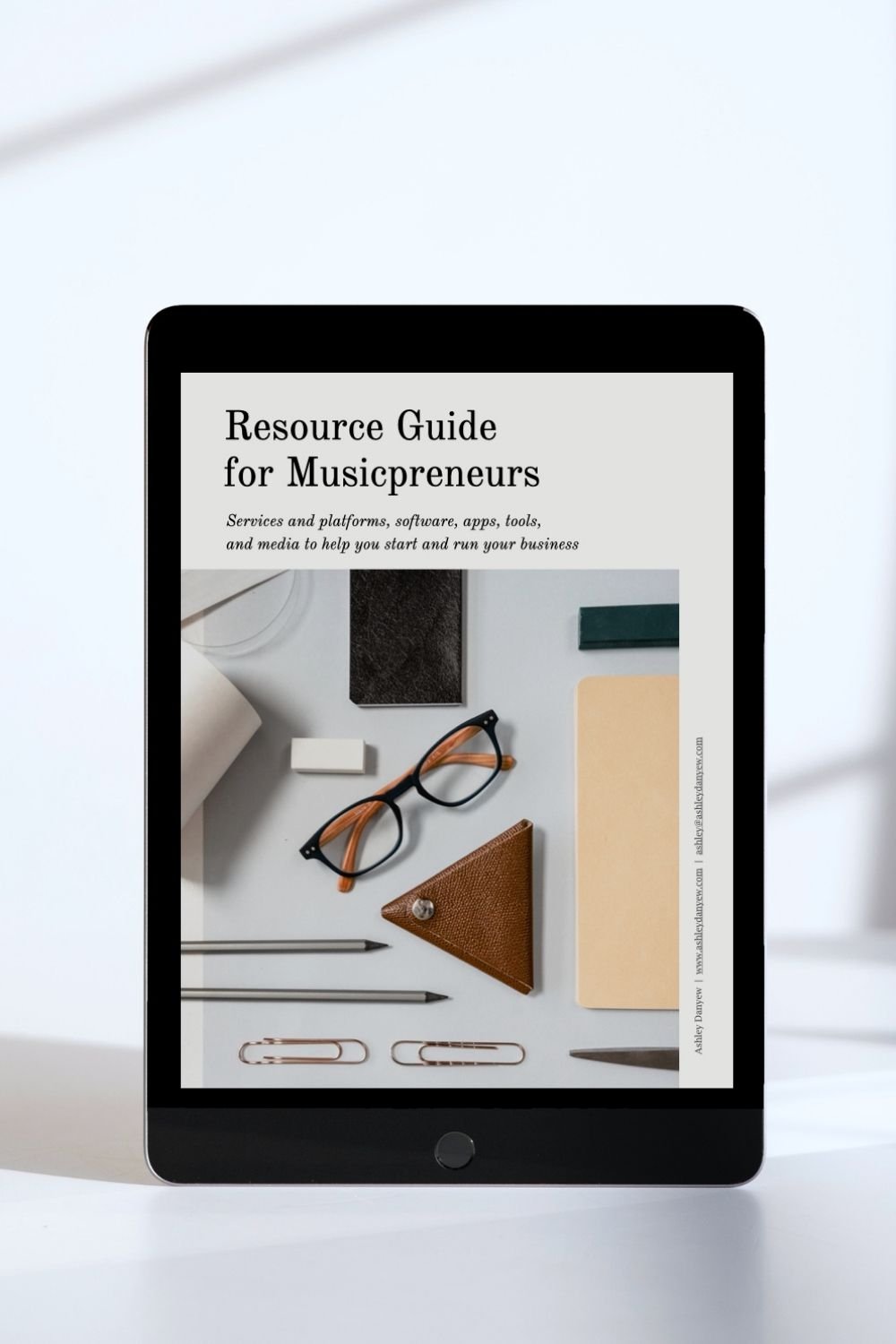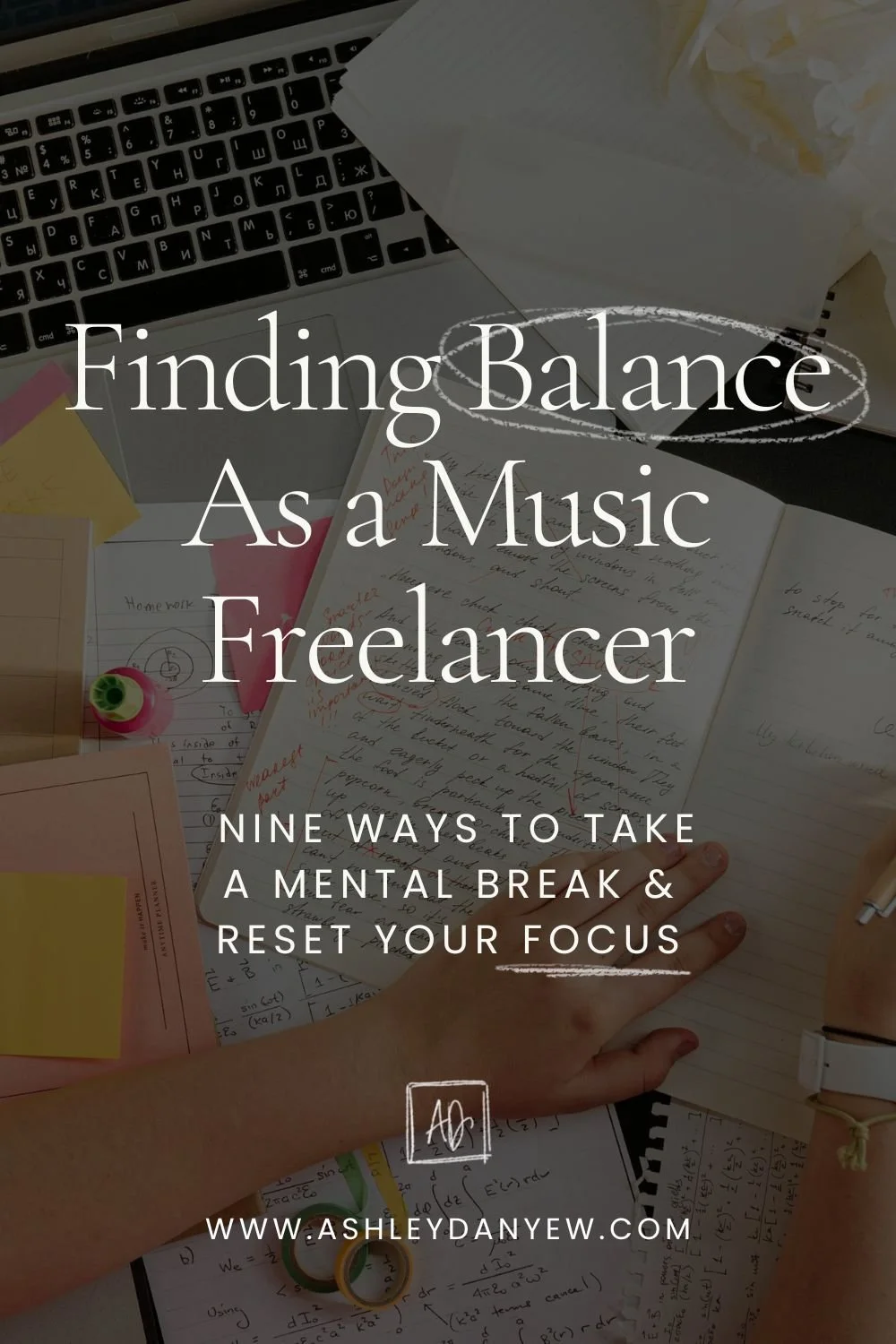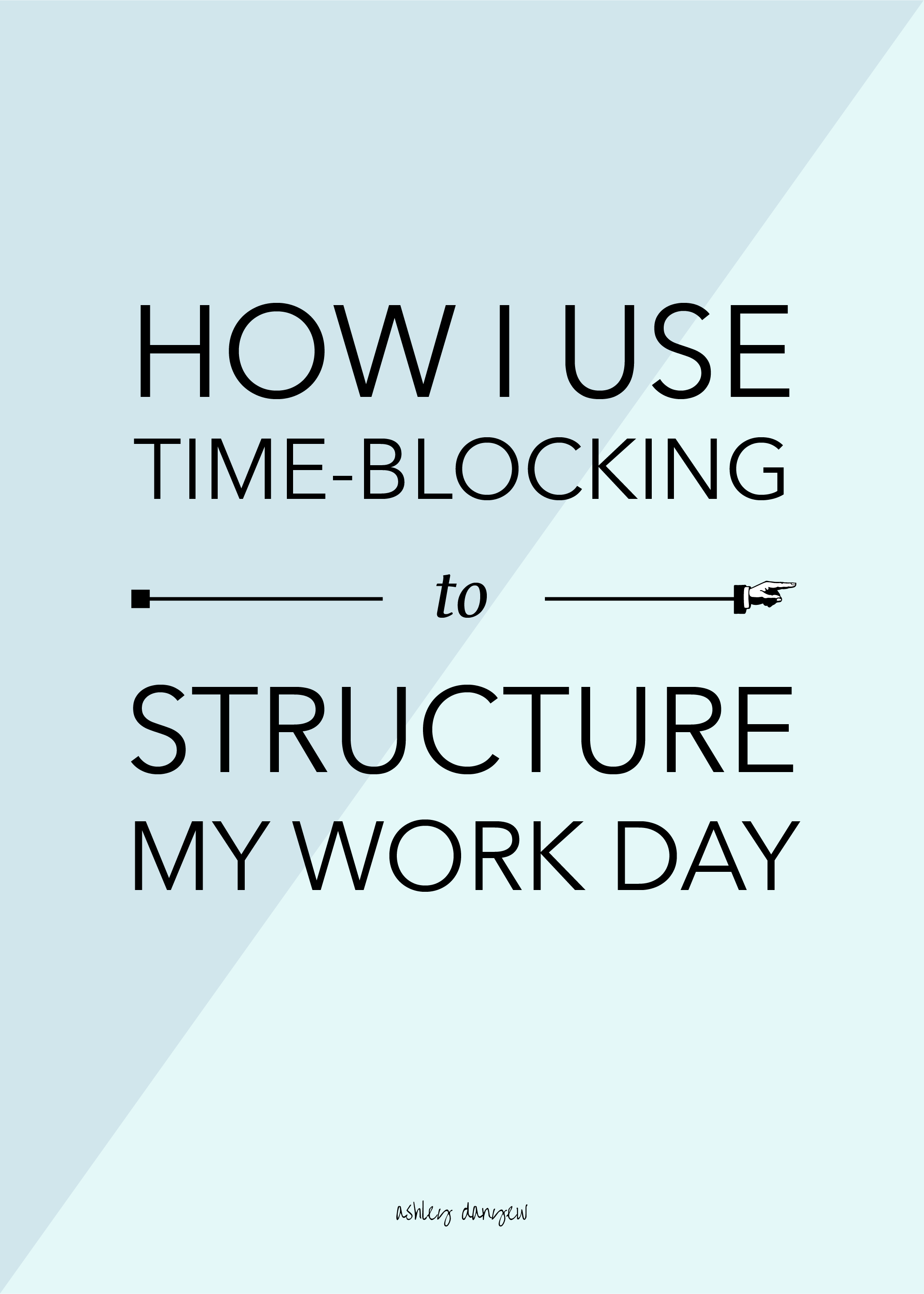Editor’s Note: Read an updated version of this post here.
I always knew I wanted to be a freelancer. I liked the variety of doing different kinds of work: teaching, accompanying, writing, creating, designing.
But I didn’t really know what it meant (from a practical standpoint) to be a music entrepreneur (musicpreneur for short) until I was in grad school.
As a musicpreneur, you wear two hats:
You’re the CEO—the money person, the one making big decisions about your brand and values and the work you’ll do, the one paying quarterly taxes and reading about SEO and conversion rates.
And you’re the artist—the creative one, the dreamer, the idea person, the one seeking inspiration and doing the work, the one learning the music and planning the lessons and exploring the bounds of creativity.
You have to be both.
Some days, this is a dream: the two roles are in sync with each other and it feels easy to put on your CEO hat for this project and your artist hat for that one.
Other days, you have to be a little more intentional about managing both roles, keeping your business running while also attending to your creative side.
We’re always learning how to do this better, so today, I want to share three things I’m learning about being a musicpreneur.
Pssst. Are you a musicpreneur?
Check out Musician & Co.—our new website for self-employed musicians. Our mission is to provide an innovative model for bridging the gap between the practice room and a profitable business.
3 Things I’m Learning About Being a Musicpreneur
*Disclosure: I get commissions for purchases made through links in this post.
1. It’s okay to pivot.
When I hear someone talk about pivoting, I think of changing directions. That’s true to a certain extent, but there’s a key element that’s missing. Let me explain:
In basketball, a pivot is "a movement in which the player holding the ball may move in any direction with one foot while keeping the other (the pivot foot) in contact with the floor” (source).
Did you catch that last part? One foot is free to move in any direction, but the other, the pivot foot stays on the floor. There’s freedom in pivoting—you can move in any direction!—but you're also grounded, rooted, and connected to where you were before.
In our work as musicians—artists, creators, performers, teachers, leaders, innovators—I think sometimes we feel pressure to stay on the path, to follow the trajectory we set when we graduated or started our careers. We’re taught to focus on a central goal.
To me, this has always felt like a straight line. Pivoting feels like something you have to do when you encounter a roadblock or something unexpected happens that causes you to reassess your goal or reprioritize things.
In short, it has a negative connotation.
“The zig-zag path is one of constant evolution, ever-present change. You are moving from one challenge to the next.”
But as Keith Sawyer describes in his book, Zig-Zag: The Surprising Path to Greater Creativity, the path is often less structured than we might think. Rather than a straight and direct path forward, it often has more zigs and zags in it.
Sawyer writes, "The zig-zag path is one of constant evolution, ever-present change. You are moving from one challenge to the next.”
Related episode: Zig Zag: The Surprising Path to Greater Creativity
This is one of the things that makes the creative, entrepreneurial life appealing and intriguing, right? The unknowns, the possibility, having choices to make along the way, and the freedom to pursue things that challenge you or that you're passionate about.
In other words, you have permission to pivot.
Keep one foot on the ground, hold onto the things that make you unique as an artist or musician, and embrace the freedom that comes with exploring new directions and ideas.
Free Download
Your go-to business resource guide.
Inside this 10-page guide, you’ll find 30+ of our best recommendations for services, platforms, software, apps, tools + media (e.g. the things we actually use in our businesses) to help you grow and run your business.
2. Routines work until they don’t.
I love a good routine. But I find that I get tired of (or bored with) the same-old, same-old every day. I need to mix things up to stay energized, inspired, and productive in my work.
Sometimes this means a change of scenery—working from the sunroom or at the piano or sitting at the kitchen table instead of at my desk. Sometimes this means a change in schedule—taking an hour off in the afternoons to do something creative or do a quick workout and then working an hour later in the evenings or scheduling “writing” days and “planning” days.
I’m learning that routines work until they don’t and to be responsive to this. Part of the freedom of being an entrepreneur is getting to set your own schedule, so don’t be afraid to mix things up, if you need to, to keep things from getting stale.
Related post: How I Use Time-Blocking to Structure My Work Day
You may find that you settle into a different rhythm at different times of the year.
For years, I lived by the academic calendar and planned my year based on fall, spring, and summer terms. One thing I always loved about this structure was it gave me an opportunity to remake my schedule at three points during the year: September, January, and June.
Related post: A Day in the Life
When I graduated, I felt this pull as a business owner and professional to live and plan according to the calendar year (like everyone else does), to set monthly goals or quarterly goals. I've struggled with this because it feels a little too fast for me. Setting new goals every month was too tedious for me and I felt like I didn’t have enough time to make the kind of progress I wanted to make.
Quarterly planning and goal-setting were also challenging because I found that I tend to think more in 4-5 month segments than 3 months. Pausing in March or April to do a 1st-quarter assessment felt unnatural to me (it’s the middle of the semester in my academic-minded brain!).
Over the summer, I read Cal Newport’s book, Digital Minimalism (which I’ll talk more about in the next point). At one point, Newport mentioned planning according to the academic year or dividing the year into three segments. This way of thinking about the year still makes so much sense to me. What can I say—once an academic, always an academic!
Reading this felt like someone giving me permission to set my own schedule. Who says you have to have the same routine as everyone else? Find a system that works for you and use that.
The academic structure helps guide my monthly, weekly, and daily rhythms and gives me a chance to live with a certain routine for a while and then change it up when I feel a natural pull in a new direction.
3. In a digital world, embrace minimalism.
Minimalism is a buzz word right now. From art to music to interior design to lifestyle, minimalism is often synonymous with less. But for the purposes of this conversation, I want to share a more nuanced definition.
According to Courtney Carver on bemorewithless, minimalism is "any design or style in which the simplest and fewest elements are used to create the maximum effect” (source).
This is the premise behind Cal Newport’s book, Digital Minimalism: how to simplify our relationship with social media and digital technology so we can assess their value and maximum effect in our lives.
As a musician and entrepreneur in the 21st century, it’s easy to spend an entire day sitting in front of the computer, hopping from one social media platform to another, moving from your email inbox to your invoicing platform, reading articles and blogs to keep up with current events, and creating new content or making tweaks on your website.
There’s nothing inherently wrong with this, but all that time being connected to the World Wide Web and unstructured time on social media platforms takes its toll after a while.
Newport’s challenge is to step away from these tools (to the best of your abilities) for 30 days. Then, evaluate the minimum amount of time or energy that you can invest to achieve the maximum effect with each tool or platform.
Maybe you’ll find that you don’t need to be active on five different social media accounts every day. Maybe your business really only benefits from 1-2 of those platforms. Maybe checking messages and notifications once a day is enough (this makes it feel almost like email rather than losing 20 minutes to scrolling every time you logon).
My point is, we live in a digital age, but that doesn’t mean you have to spend all your working hours online.
Plan your time so you achieve the maximum effect with the fewest tools and the smallest amount of time and energy investment. Then, find other (analog) things to do with your extra time: read a book, play your instrument, do something creative, take a walk or exercise, or do some big-picture planning away from your computer.
Step into the role of CEO and design a music career on your terms.
The Musicpreneur Model is the only online program + template suite designed specifically for self-employed classical musicians and music freelancers that teaches you how to build a diversified portfolio career in music (that supports you financially and artistically) + develop the skills you need to be a small business owner.
Does this resonate with you?
I’d love to hear your thoughts and comments.
And if you’re a musicpreneur, come say hello over on Musician & Co.—a new website for self-employed musicians. We’d love to meet you!








































